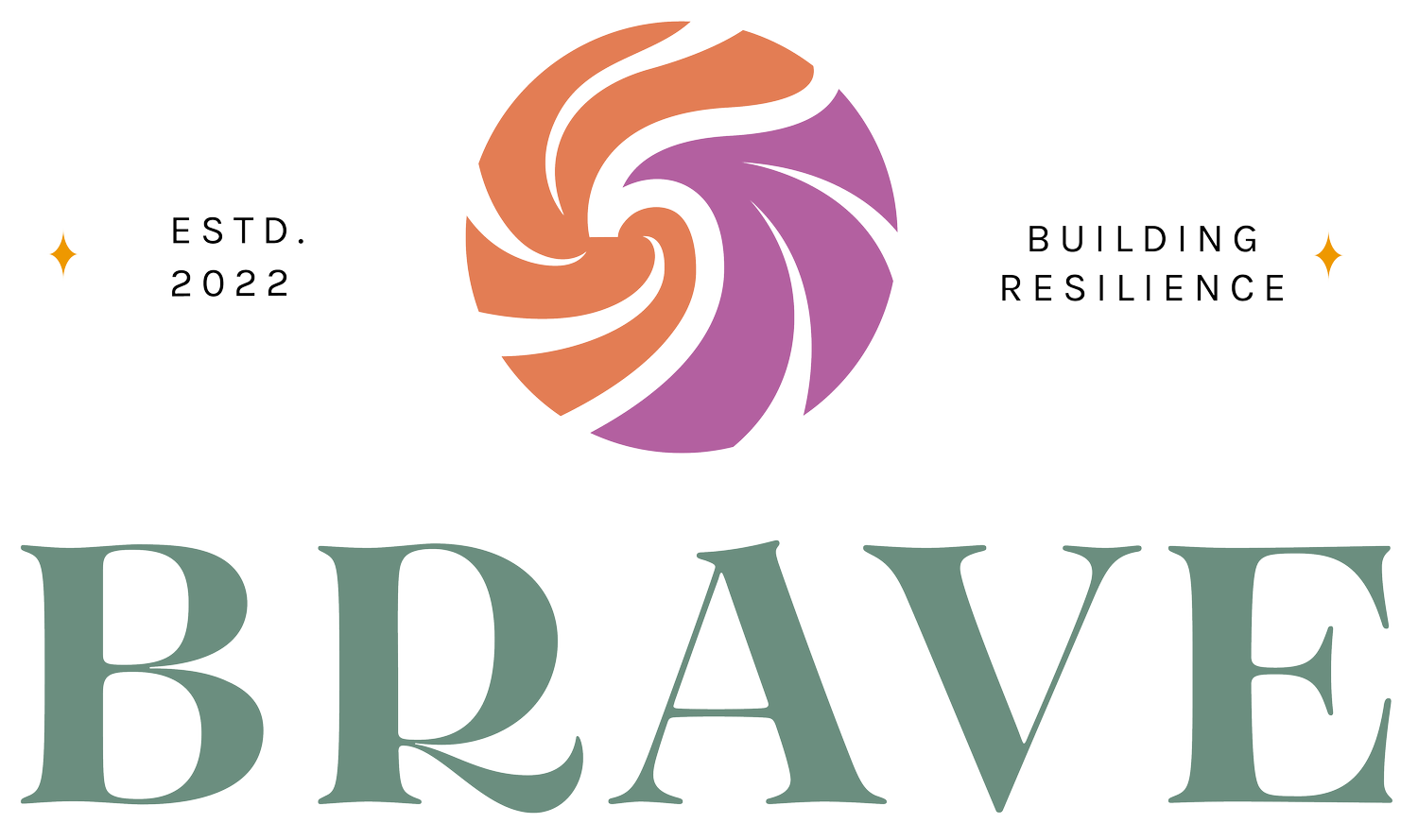The BRAVE Holiday Survival Guide for Trauma Therapists
Every December, the work feels heavier — sessions take more out of us, and even the air in our offices feels thick with unspoken grief and urgency. This season pulls at trauma therapists in ways we often ignore. In The BRAVE Holiday Survival Guide for Trauma Therapists, I share five grounded ways to steady your nervous system, protect your bandwidth, and move through the holidays without losing yourself in the process.
AI in Therapy 2026: What Every Trauma Therapist Needs to Know
AI isn’t coming for therapy, it’s already here. And for trauma therapists, it’s a current shift that’s reshaping how we work, how clients access care, and what “therapy” even means. In this post, I’m breaking down what’s already happening with AI in mental health care, what’s coming next in 2026, and what every trauma therapist needs to know to stay informed, ethical, and human in the process.
The Burnout Therapists Don’t Talk About with Carla Shohet
When trauma therapists lose attunement, it’s not about weakness but wiring. In this blog inspired by my interview with Carla Shohet, we talk about the sneaky ways vicarious trauma builds, how it shows up in the room, and what it really means to practice with integrity.
You Can’t Out-Think What Your Body Is Trying to Heal: Lessons from Burnout and Recovery with Leann Herron
Trauma therapist burnout doesn’t start in your calendar, it starts in your body. In this post, Dr. Jenny Hughes and Leann Herron talk about the moment the body says “no more,” what healing looks like beyond self-care checklists, and how trauma therapists can reconnect to themselves without losing their work’s purpose.
How to Know When a Client Is Ready for EMDR (and When You Are Too) with Katie Grant
If you’ve ever questioned whether your client — or you — were truly ready for EMDR, you’re not alone. In this honest conversation with EMDR consultant Katie Grant, we dig into what readiness really means, why safety matters more than speed, and how to do EMDR like a human, not a technician.
You Can’t Fake Regulation: What Your Clients Really Feel in the Therapy Room with Lynn Fraser
I used to think regulation meant staying calm no matter what. But as Lynn Fraser reminded me, our nervous systems tell the truth before our words ever do. This conversation is a reminder that presence, not perfection, is what heals.
When Structure Meets Safety in Trauma Therapy with Rachel Grant, MA
As trauma therapists, we’re trained to start with structure — the intake, the assessment, the data that helps us understand our clients’ stories. But sometimes the most therapeutic thing we can do isn’t to keep asking questions, it’s to pause, regulate, and make space for safety. In this post, inspired by a conversation with sexual abuse recovery coach Rachel Grant, I explore how we can hold both structure and humanity in our work.
When Rest Becomes Radical: Lessons from Therapists Living with Chronic Illness with Lindsay Boudreau, LISW
What if rest wasn’t a reward but a radical act of care?
In this conversation with therapist and Cozy Couch Crew founder Lindsay Boudreau, we explore how chronic illness reshapes boundaries, burnout, and what it means to build a sustainable therapy practice that works with your body, not against it.
Therapist Self-Disclosure: Boundaries, Connection, and the Messy Middle
Therapist self-disclosure can feel risky. Maybe you’ve shared something in session and immediately wondered if you crossed a line or broke an ethical rule. The truth is, disclosure isn’t about always saying yes or no, it’s about discernment. In this post, I share a simple 3-part framework, examples of different types of disclosure, and how to navigate boundaries with clarity, ethics, and compassion.
Therapist Boundaries: Beyond Rules and Toward Humanity
We were taught to vanish if we saw a client in public — duck down the aisle, avoid eye contact, disappear. But real life doesn’t fit neatly into those rigid rules. In this post, I share a rainy encounter that reminded me why human-first boundaries matter, and how we can navigate content, disclosure, and life-as-human boundaries in ways that bring clarity, connection, and sustainability to our work as trauma therapists.
Therapy Is Political — Practicing the Affirming Stance in a Messy World
Therapy doesn’t exist outside of politics or social realities and neutrality isn’t neutral. As trauma therapists, we’re constantly navigating the messy middle between hiding behind a blank slate and risking imposing our own beliefs. In this blog, I share how we can practice the affirming anchor, a stance that honors our clients’ humanity without co-signing harm, and offer practical skills you can use in your very next session.
“Am I a Bad Therapist If I Cry?” Why Your Tears Can Be a Bridge
Have you ever cried in session and thought, “I just failed as a therapist”? You’re not alone. Many of us were trained to see tears as weakness, but what if our tears are actually a bridge, a way to deepen trust and presence with our clients? I share my personal story of crying with my clients and how it has shaped my career as a trauma therapist.
Why It Hurts So Much When Therapist Spaces Fail Us
Therapist spaces are supposed to be safe places where we can show up as our full, human selves. But what happens when those very spaces make us feel small, dismissed, or even attacked? In this post, Jenny shares a recent rupture in a local therapist group, the impact it had on her nervous system, and what it’s taught her about repair, regulation, and building trauma-informed spaces that truly feel safe enough to be seen.
Am I Too Sensitive to Be a Trauma Therapist? The Day I Was Told to Toughen Up
Someone told me I shouldn’t be a therapist because I’m affected by my clients’ trauma. That comment hit a nerve not because I believed it, but because I remember when I did. In this post, I share what it stirred up in me, the wave of support that followed, and why naming our vicarious trauma out loud is a radical act of truth-telling for trauma therapists everywhere.
What to Do When a Client Dies: A Therapist’s Guide to Grief and Healing
When a client dies, therapists carry a unique kind of grief, held in silence because of confidentiality and stigma. In this post, I reflect on an interview with grief specialist Khara Croswaite, LPC, about what it means to navigate loss as a therapist. We explore why the anxiety and hypervigilance that follow are normal, how to decide about funerals and rituals, what to do when families reach out, and how community can make healing possible.















